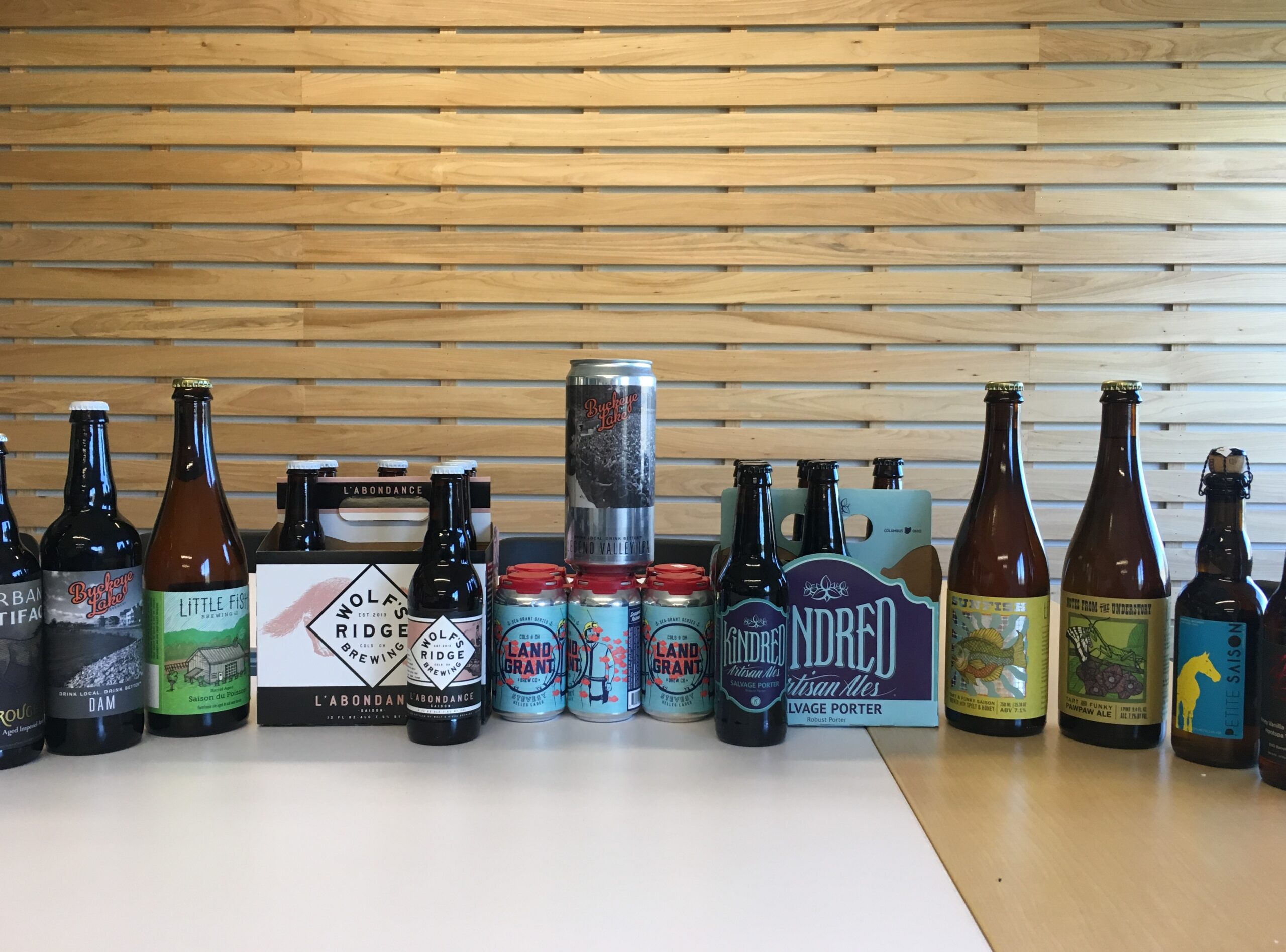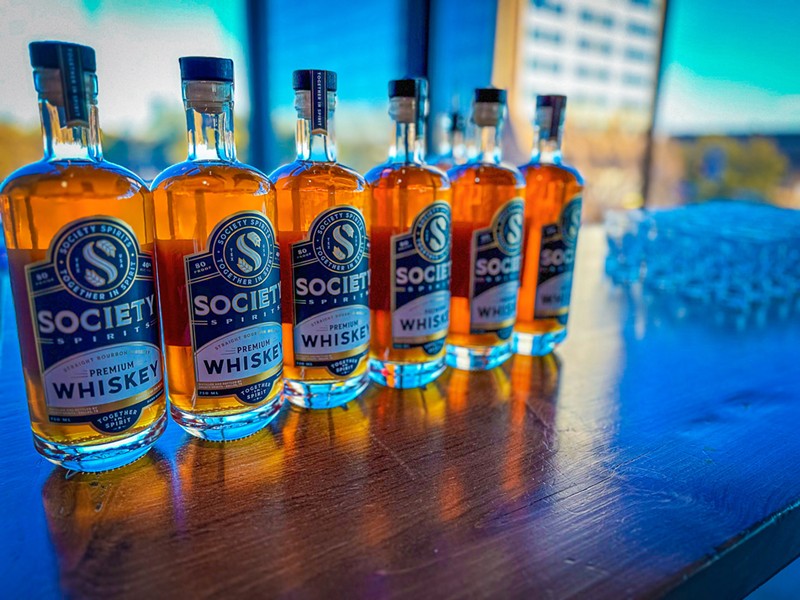Seawall Bar: Delight In Top-Notch Cocktails and Spectacular Views in Galveston
The Ultimate Distillery Experience: From Grain to Glass, Every Little Thing You Required to Know
Starting a trip with the intricacies of the distillery procedure reveals a globe where science fulfills creativity in the creation of spirits. From the cautious selection of grains to the thorough crafting of each bottle, every action in the assembly line plays a critical function in shaping the end product that enhances our glasses. As we look into the nuances of purification, flavor, and aging accounts, a deeper recognition for the craftsmanship and commitment behind each sip arises. Join us as we decipher the layers of proficiency and enthusiasm that culminate in the supreme distillery experience.
The Art of Grain Option
Selecting the optimal grains is an essential action in the distillation process, establishing the flavor account and quality of the end product. The sort of grain chosen considerably influences the personality of the spirit being produced - Galveston Whiskey. Usual grains used in purification consist of barley, rye, wheat, and corn, each conveying distinctive tastes and qualities to the end product

Beyond taste considerations, the top quality and purity of the grains are vital. Distillers diligently source grains to ensure they are devoid of impurities and have the essential starch content for fermentation. By mastering the art of grain selection, distillers lay the foundation for producing phenomenal spirits that captivate the palate.
Purification Refine Demystified
Having developed the structure with thorough grain option, the purification procedure arises as the transformative phase where the significance of the picked grains is opened and refined into a spirited form. Distillation is a methodical procedure that counts on the concept of dividing alcohol from a combination based on differences in boiling factors. As soon as the fermented mash is warmed in the still, the alcohol vaporizes at a reduced temperature than water and other compounds, permitting its extraction. As the alcohol vapors pass and rise via the still, they condense back right into liquid form, resulting in a higher evidence distillate. This extract, likewise called the 'heart cut,' is the purest and finest section of the purification run. The procedure doesn't end there; multiple purification runs or additional actions such as aging in barrels might better fine-tune the spirit, enhancing its intricacy, flavor, and personality. Understanding the details of the distillation procedure is vital for creating top notch spirits that captivate aficionados and enthusiasts alike.
Barrel Aging and Flavor Growth
During the barrel aging process, spirits undertake a transformative journey as they communicate with the wood, absorbing nuanced flavors and developing an abundant intricacy. As spirits age in the barrels, they remove substances such as vanillin, lignin, and tannins from the timber, contributing to the growth of fragrances like vanilla, sugar, flavor, and even hints of toasted oak.
The permeable nature of wood also allows the spirit to take a breath, assisting in the integration of tastes over time. Depending on the duration of aging and ecological conditions like temperature level and humidity, spirits can obtain different attributes, from refined wood notes to deep, intricate flavors that make each set distinct.
Workmanship in Bottling and Identifying
As spirits reach their ideal flavor accounts through original site barrel aging, the careful workmanship in identifying and bottling comes to be the following crucial action in presenting a premium item to customers. The procedure of bottling and classifying is a critical aspect of the total distillery experience, as it is the last touchpoint before the product reaches the hands of customers (Breweries in Galveston Texas). Craftsmanship in bottling includes ensuring that each container is filled up precisely with the spirit, taking into consideration factors such as uniformity in fill levels and the prevention of any kind of pollutants going into the container

Tasting and Appreciating Fine Spirits
To fully appreciate great spirits, one need to involve all the detects in a calculated and conscious sampling experience. When tasting penalty spirits, it is necessary to start by observing the spirit's appearance. Note the color, clarity, and viscosity of the liquid in the glass. Swirl the spirit carefully to launch its aroma. The nose is a critical sense in tasting spirits; take a moment to breathe in the complicated scents deeply. Next off, take a little sip and let it linger on your palate. Pay focus to the different flavors that unravel - from wonderful and fruity notes to spicy or smoky undertones. Consider the mouthfeel, keeping in mind if the spirit is smooth, velvety, or fiery. Swish the spirit in your mouth to completely experience its structure and taste. Ingest gradually and value the sticking around surface. Fine spirits frequently leave an enjoyable aftertaste that can disclose a lot more about the craftsmanship and high quality of the drink. By involving all your senses in this fashion, you can genuinely appreciate and value the complexities of fine spirits.
Verdict
To conclude, the distillery experience their website incorporates the elaborate art of grain choice, the exact distillation procedure, the transformative barrel aging, the meticulous craftsmanship in classifying and bottling, and the innovative technique of tasting and valuing fine spirits. Each step in the manufacturing process plays an essential function in creating top quality spirits that astound the detects and joy lovers worldwide.
The kind of grain chosen significantly affects the personality of the spirit being created. By understanding the art of grain selection, distillers lay the foundation for producing extraordinary spirits that captivate the taste buds.
